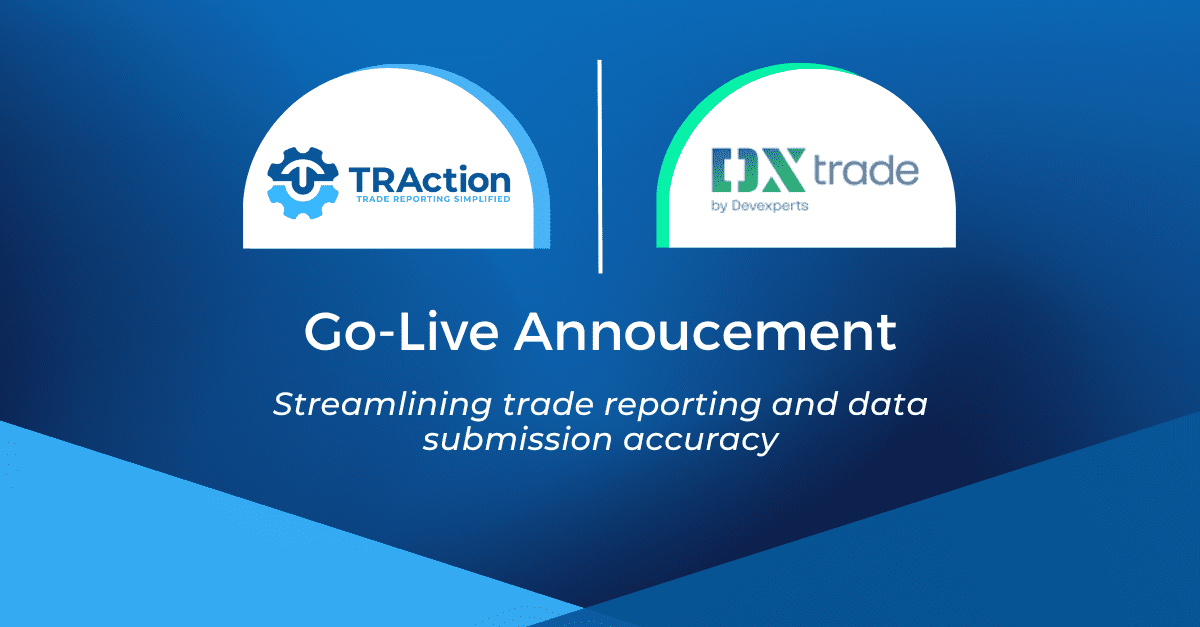The current application of MiFIR requires both the regulators and ARMs to filter through vast quantities of data to determine which transactions should be reported. Trading venues and systematic internalisers (SIs) are obliged to submit reference data for financial instruments to ESMA to be published in FIRDs. This is outlined in Article 27 of MiFIR of ESMA and FCA and Article 4 of Market Abuse Regulation (MAR).
What is FIRDS?
The Financial Instruments Reference Data Systems (FIRDS) for ESMA and FCA are published and updated on a daily basis. These databases list meta data of all financial instruments included in the scope of MiFID II and MAR, uniquely identified by their ISIN.
FIRDS aims to present data in a harmonised way that allows market participants as well as regulators to determine whether instruments traded across Europe or the UK are reportable.
Due to Brexit, the FCA has built their own FIRDS database that is constructed in largely the same manner as the one run by ESMA. There have been some divergences in the classification of trading venues since inception which have led to a mismatch between the UK and EU FIRDS lists. This means that a security may be TOTV under ESMA but not under the FCA in certain scenarios.
What Makes a Transaction Reportable?
To trigger the obligation, a transaction must contain a security that is deemed a ‘Financial Instrument’ and admitted to a trading venue within scope of the MiFIR framework. The trade becomes reportable if it falls into one of the following categories:
- Article 26(2)(a): Request of admission, admitted to or traded on a UK, Gibraltar or EEA Venue.
- Article 26(2)(b): The underlying is a financial instrument on a trading venue.
- Article 26(2)(c): The underlying is an index or basket where one or more of the constituents is a traded on a venue within MiFIR scope.
FIRDS Network
The reportability framework outlined under Article 26 MiFIR for ESMA and FCA , coupled with the requirement for trading venues and SIs to submit reference data creates a network which maintains the FIRDS database in real time and allows ARMs and regulators to stay on top of new instrument as well as old that fit the criteria to be reported under the regime.
Weaknesses of FIRDS
There are scenarios that FIRDS cannot be solely relied on for complete accuracy. It is possible for a financial instrument to be TOTV, however due to oversight issues by the venue, not be included in the FIRDS dataset. TRAction’s view is that an attempt to report the transaction is enough to comply with a firm’s obligation. This is a situation we mitigate for our clients by looking up any newly traded products on FIRDS and Refinitive, so they don’t have to worry about it.
Summary
This system creates a dynamic data series which helps the regulatory bodies to function by leveraging the use of market participants to provide information on a continuous basis. This creates an environment where market oversight is more manageable amidst the extensive sea of securities and transactions across the European and United Kingdom landscape.




